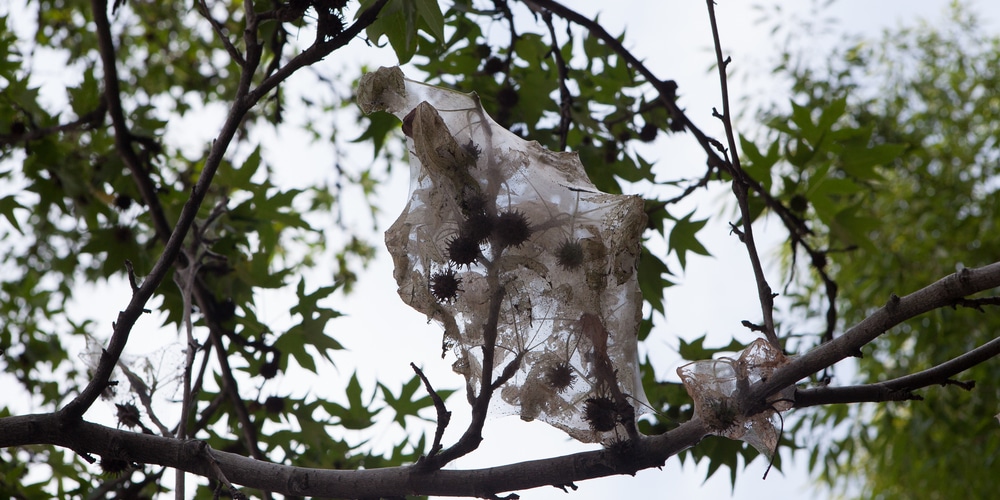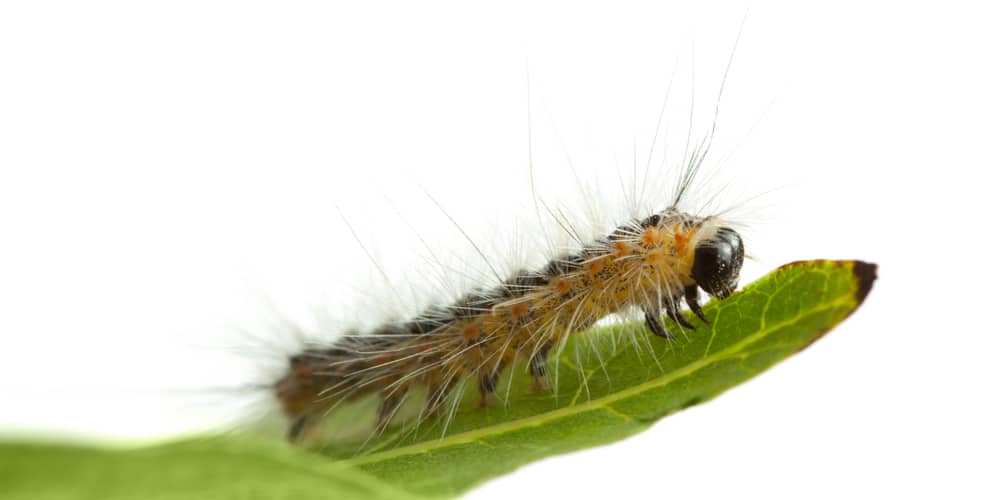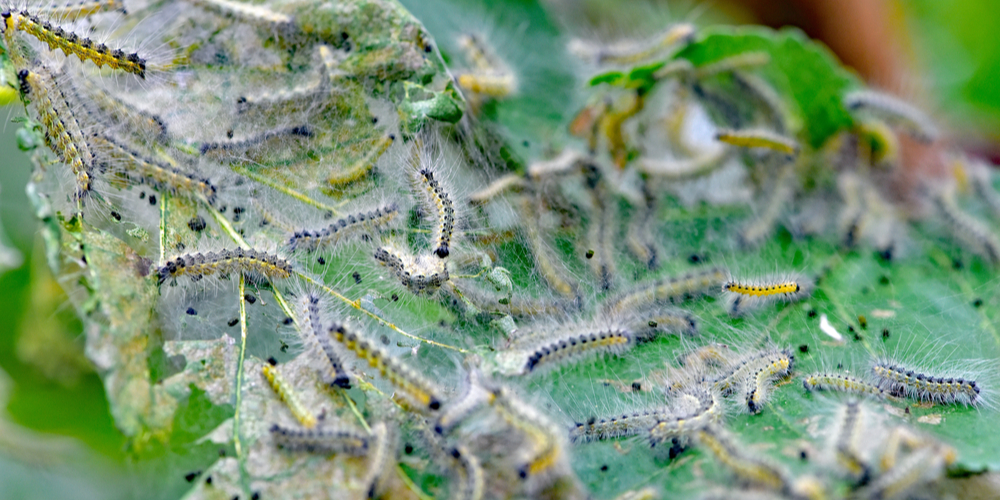When the word “trees” comes to mind, all one can think of is the beauty and serenity of the environment. Nonetheless, trees can be scary and creepy, especially when you see a network of spider webs.
Has it ever crossed your mind where these spider webs come from? Or, what types of spiders produce spider webs in your tree?
Let’s find out why there are so many spider webs in trees.
Why Your Trees Have Many Spider Webs
Surprise! Spiders don’t make the spider webs you see in your trees. Instead, fall webworms and Eastern tent caterpillars do, depending on the year’s season.
Fall webworm caterpillars weave thick webs while feeding on trees. Even though these caterpillars’ first choices are fruit trees, they can feed on more than 100 other kinds of trees.
The “spider webs” you see on your trees during spring are most likely the result of Eastern tent caterpillars. Although these caterpillars also feed on other trees, they mostly prefer the back cherry trees.
Lifecycle of Fall Webworms, Tent Caterpillars, and When They Are Around
Like the name, fall webworms are commonly found during the fall season. Even so, you’ll likely find fall webworms all year round. These worms lay eggs during winter, which later hatch in spring. When summer sets in, fall webworms will feast on your tree leaves and start spinning webs before fall.
On the other hand, Eastern tent caterpillars will hatch at the onset of March and spin their webs later in April. These caterpillars eat your tree leaves for almost thirty days before forming a cocoon. A few weeks later, these cocoons emerge as moths. Afterward, Eastern tent caterpillars lay their eggs in May.
Are Webs Dangerous for Your Trees?
A primary concern that most folks have is whether these formed webs pose a threat to trees. The only danger you face is the sight of ugly spider webs in your tree.
Eastern tent caterpillars and fall webworms have no poison. Besides, these caterpillars will hardly cause any significant damage to mature and established trees while feeding. So, you stand a great chance to relax and keep calm.
Alternatively, these caterpillars could be problematic if you have small, growing trees in your compound. Younger trees are soft and juicy, more the reason blood worms and caterpillars prefer such. Unfortunately, these caterpillars could potentially cause complete leaf loss for your young tree before it can grow. Ultimately, you end up losing the tree at a tender age.
If that’s your scenario, it will help to consider safeguarding your tree by eliminating these pests. You can give it a DIY approach or contract professional tree services.
Getting Rid of Spider Webs in Your Trees
You can get rid of the webs in your trees in various ways. The most common practices include:
- Pruning webbed branches
- Applying insecticides
- Using a broom to remove webs from branches
Remember, during winter, fall webworms spin cocoons and not webs. Chances are that they might return in summer if you remove their webs. You’ll need to apply insecticides to tree leaves rather than the webs to eliminate these pests.
You can remove the tent caterpillars’ eggs that resemble black bumps on trees during winter. If they reappear at the onset of spring, use insecticides.
Parting Shot
Removing spider webs in your trees shouldn’t be an uphill task. It’d be best to seek professional tree services near you for help.
Research online and get referrals from the people you trust to help you find the best tree services. Explore our blog for more helpful information about your home improvement.


